Hair coloring is an indispensable procedure for a woman. It allows you to hide gray hair, gives a rich color to the hairstyle. Properly selected tone makes facial features more expressive and even rejuvenates.
But there is a downside. Any hair dye, even the most gentle, is a chemical composition. By acting on the hair, it changes their structure. As a result, they become lifeless, lose strength and luster. To preserve their beauty, but at the same time bring brightness to your image, you should follow some rules for their coloring.
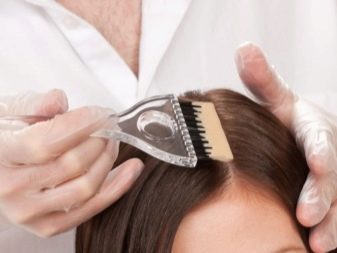
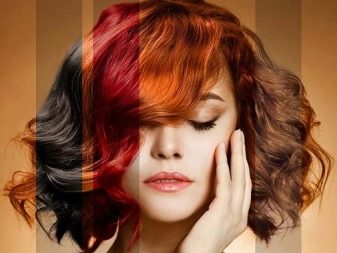
How does paint affect hair structure?
The effect of hair dye and fixing its color is as follows. Ammonia in its composition exfoliates hair flakes and coloring pigments get inside the hair shaft. As a result, it acquires a porous structure, which makes it more brittle and brittle. The destruction of the natural pigment also occurs, the hair becomes dry and lifeless, loses its luster and silkiness.
The coloring matter affects not only the hair shaft, but also its follicle. That is, the hair loses its strength even in the bud and grows already weakened. In addition, the scalp also becomes dry, against the background of this, dandruff and itching may occur.

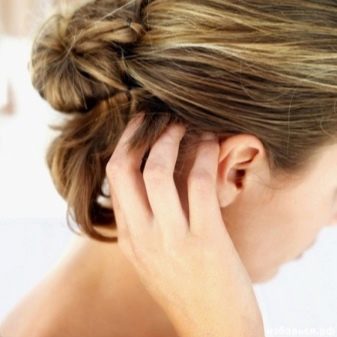
A number of scientists claim that the paint harms not only the hair, but also the entire body. It can cause cancer, such as leukemia or lymphoma. In the course of studies, it was found that those women who for 5 years produced hair dye more than 1 time per month, acquired various liver diseases.This is due to the fact that paints contain toxic substances that poison the body.
But all these side effects can be avoided if you approach the staining procedure wisely. To do this, you need to ensure proper hair care and observe the correct intervals between dyeing.
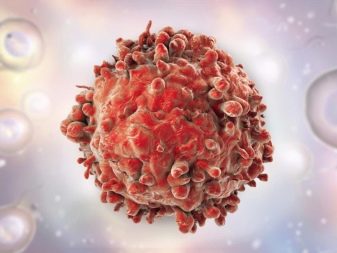

Staining frequency
Of course, when asked how often you can dye your hair, there is no single answer. It all depends on several factors:
- hair structure;
- its density;
- colors;
- kind of paint.
The durability of artificial color is affected by washing the head. Especially dangerous is its daily repetition. Water opens the hair flakes and flushes the coloring pigment out of them. Cold water in this regard is less aggressive than hot. But still, the effect of washing out the paint is supported. Hardness of water also matters: a soft liquid will have a better effect on color fastness.

If a woman is the owner of thick, strong hair, then her hairstyle can withstand painting much easier than thin, sparse strands. Thick curls can be dyed a little more often than thin ones. And they grow back faster. Curly hair structure can hide some color irregularities. For example, overgrown roots are less noticeable on them. But straight strands completely reveal all the flaws, because of which they have to be tinted more often.
The frequency of hair coloring directly depends on the type of paint chosen and the type of painting. If the natural color of your strands is significantly different from artificial, then the painting scheme will be as follows. Once every 3 weeks, the roots are updated, 1 time in 2 months - the entire length. This applies to dyeing dark hair in light shades and vice versa.
In the case when the original color differs from the acquired one by 1-2 tones, the hair can be dyed again after the next dyeing after 4 weeks. A colored hairstyle has a slight advantage due to its multi-tonality. The variety of shades partially hides the overgrown color, which allows you to withstand a longer time without painting.
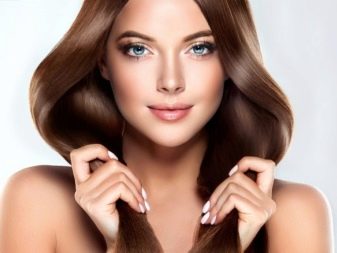
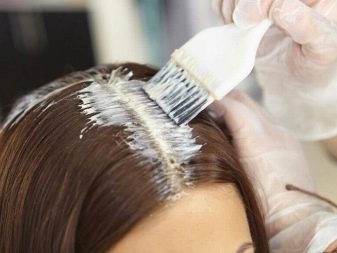
The frequency of coloring of highlighted hair depends on their shade. The minimum interval should be 2 weeks. On average, this period comes down to 4-6 weeks. As for ammonia-free coloring agents, the information about their absolute safety is slightly exaggerated. They still contain a certain part of ammonia and also bring a share of the negative. Therefore, the staining pattern with such paints is similar to ammonia.
Also, hair dyes are divided into professional and unprofessional. The composition of professional products includes various vitamin and regenerating complexes, oils, so they are considered more sparing. They are allowed to be stained every 3 weeks.
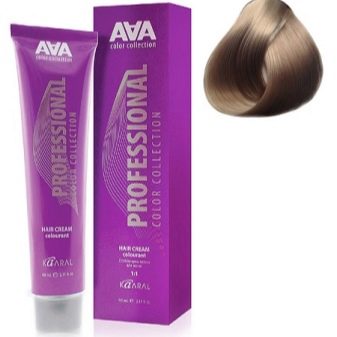
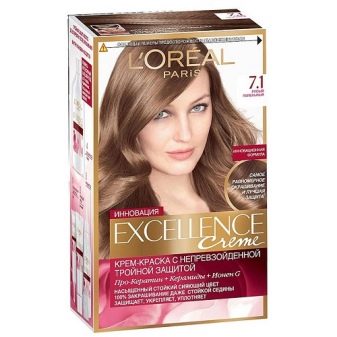
There is another category of coloring agents. These are tinted shampoos and tonics. Their calling is to preserve the brightness and expressiveness of color. Their coloring elements do not penetrate into the structure of the hair, but envelop it from above. Despite the gentle effect, such funds are unsafe. It is allowed to use them no more than 1 time in 2 weeks. Otherwise, they are also able to dry out the strands.
Hair coloring can delay their condition. If they are weakened and overdried, which often happens after a summer sea vacation, it is strictly forbidden to apply coloring agents to such strands. To begin with, they should be restored and only then proceed to painting.
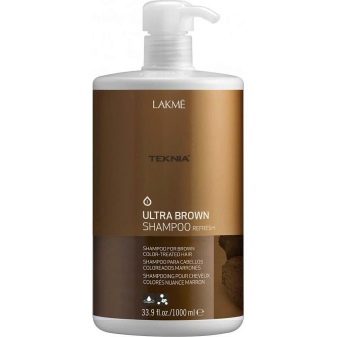
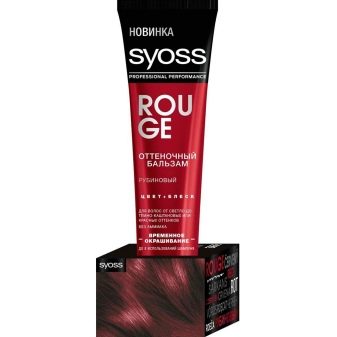
Natural dyes
The most common natural hair dye products are, of course, henna and basma. They will not fundamentally change the color, but will make the hair shade more expressive. They do not destroy the structure of the hair, but rather strengthen it, make it more durable and give a natural shine. There are no time limits for their use. Frequent use will only improve the condition of your curls.But, nevertheless, these dyes are recommended to be used as part of masks. They are mixed with honey, all kinds of oils, vitamins. Such an alliance not only enhances hair nutrition, but also moisturizes them.
The best option for using natural dyes is once a week. It is not recommended to use basma alone, in this case there is a risk of acquiring a greenish tint. Better mix it with henna.
Vegetable dyes are completely unlimited in use. Chamomile, hops, cinnamon, sage, onions give the hair a golden or brownish tint. They can be used at least every day. This will not bring a pronounced effect, but it will definitely improve the structure of curls.
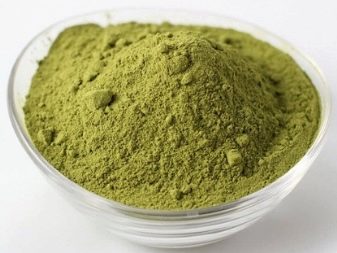
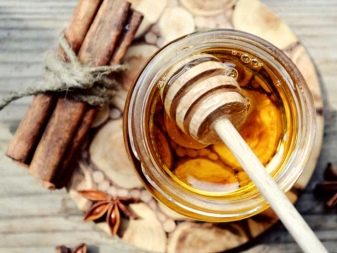
Important Nuances
Currently, there are many procedures that allow you to restore the damaged hair structure, make them more obedient and attractive. One of them is keratinization - treatment of strands with a special keratin composition that nourishes them, straightens them and acts as a protective factor.
Since in the course of this manipulation the hairstyle is exposed to the chemical composition, the question arises: when can it be dyed and whether the color will hold. Experts say that it makes no sense to stain curls day to day with keratinization. In this case, the shade will be much lighter than declared, moreover, it will quickly wash off. The best option is to stain at least 7 days before the procedure. This will not only allow you to maintain color fastness, but also give additional shine.
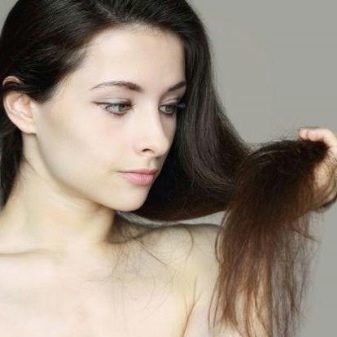
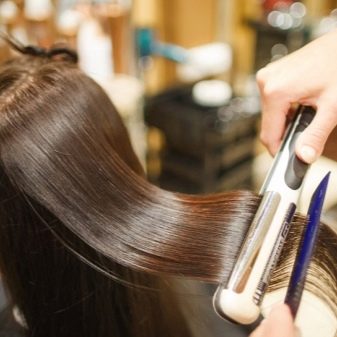
After keratin, hair is recommended to be dyed after 2-3 weeks. If you do this earlier, the composition with which the hairs are soaked will prevent the coloring pigment from passing into the structure of the hair shaft, and the strands simply will not stain.
It so happens that your chosen color for dyeing your hair did not meet your expectations. If the shade turned out to be lighter than you planned, then after unsuccessful staining, repeat the manipulation. But keep the product on your hair for no more than 5 minutes. After the second procedure, the shade should return to normal.
If the color has become much darker or it does not fundamentally suit you, use a wash or decapitate. This process consists in applying a special composition to your hairstyle. It allows you to fully display indecent color. But it so happens that the procedure has to be repeated a second time.
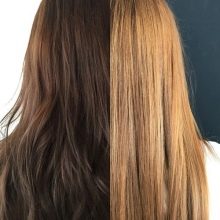
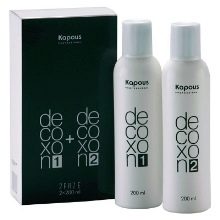
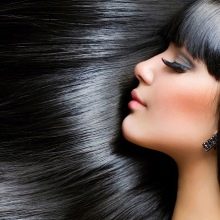
Naturally, for your curls this will not pass without a trace. They become dry, lose their elasticity and strength. Perhaps their loss. Accordingly, they require recovery. Therefore, after washing, to maintain color, dyeing hair is allowed only with gentle means in the form of tinted shampoos or foams. Again, use of resistant paints is allowed only after a month.
For how often you can dye your hair, see the next video.










